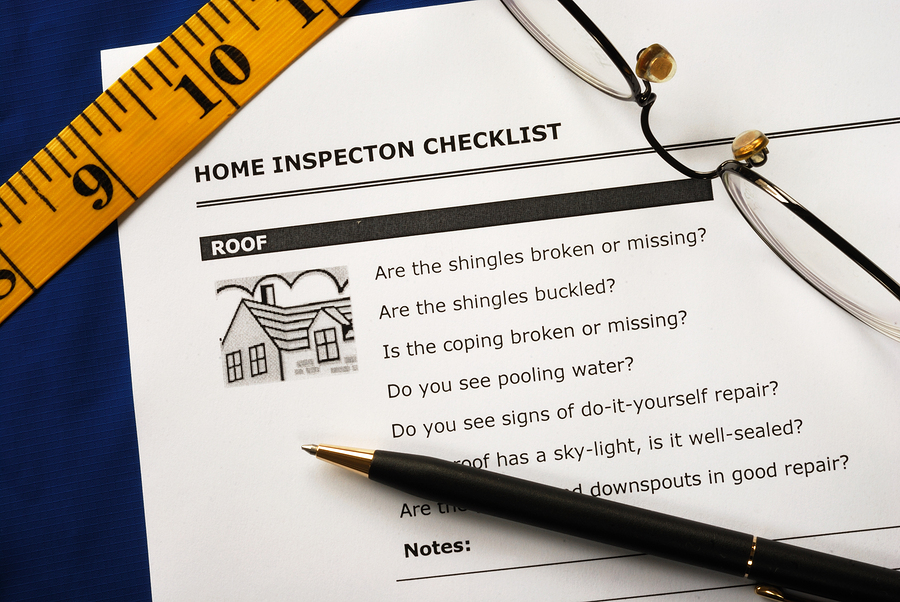Whether you’re buying or selling a home, you’ll likely be faced with a home inspection. Because the HVAC system is one of the more important systems in a house, the inspection will certainly include a detailed examination of this equipment.
How well an HVAC unit has been maintained can be indicative of how well the entire home has been maintained, and these are some common problems found during home inspections.
Specific to heating equipment
Filters: Filters have a bigger job these days. They not only protect your system’s mechanical parts from getting dusty and dirty, they also help clean the air that runs through the equipment. If they are not changed regularly and kept clean, it blocks the air flow and causes problems with heating and cooling functions.
Leaks: Often the biggest HVAC problems are gas line leaks. Any leak is often the precursor to a bigger problem, like a cracked heat exchanger. The heat exchanger converts fuel to heat, and if it’s broken, it can release dangerous gas into the air.
Exhaust flue: This is a vent for the exhaust byproducts to be moved out of the house and released outside. This flue pipe needs to slope up to an outdoor vent or chimney with proper support. And it must be kept away from any flammable materials.
Electrical concerns: Homes that don’t have proper electrical service are likely to blow a fuse or trip a breaker during times of heavy heating use. It’s also important to have an electrical kill switch located close to the furnace so power can be cut immediately in case of an emergency.
Specific to cooling equipment
Leaks and emissions: Leaks in the cooling system can allow the escape of refrigerant or gas, and are not only among the most common problems, but also the most potentially dangerous.
Clogged condenser drains: Condensation collects during the cooling process, and is often removed through a drain hose. If this drain hose gets clogged, the condensation water will back up and cause moisture issues.
Dirty condenser coils: Dirty coils can restrict air flow and lower your energy efficiency. Keeping plants and all other obstructions at least one foot away from the unit is helpful, and you can clean the coil surface with a brush or vacuum cleaner.
Un-level condenser unit: The pad for the outside condenser unit should be within 10 degrees of level. Being un-level reduces the effectiveness of lubrication in the tubing and increases stress on refrigerant lines.
Common problems for both
Ductwork: Air ducts that are improperly installed, cracked, or have broken connections send heated or cooled air into attics or walls instead of into the intended rooms.
Old age: Most heating and cooling equipment has a life expectancy of anywhere from 10 to 20 years, and eventually all pieces will need to be replaced. However, you can extend the life of your equipment by having it maintained regularly. It’s best to have your HVAC system inspected by a licensed technician at least once a year.

